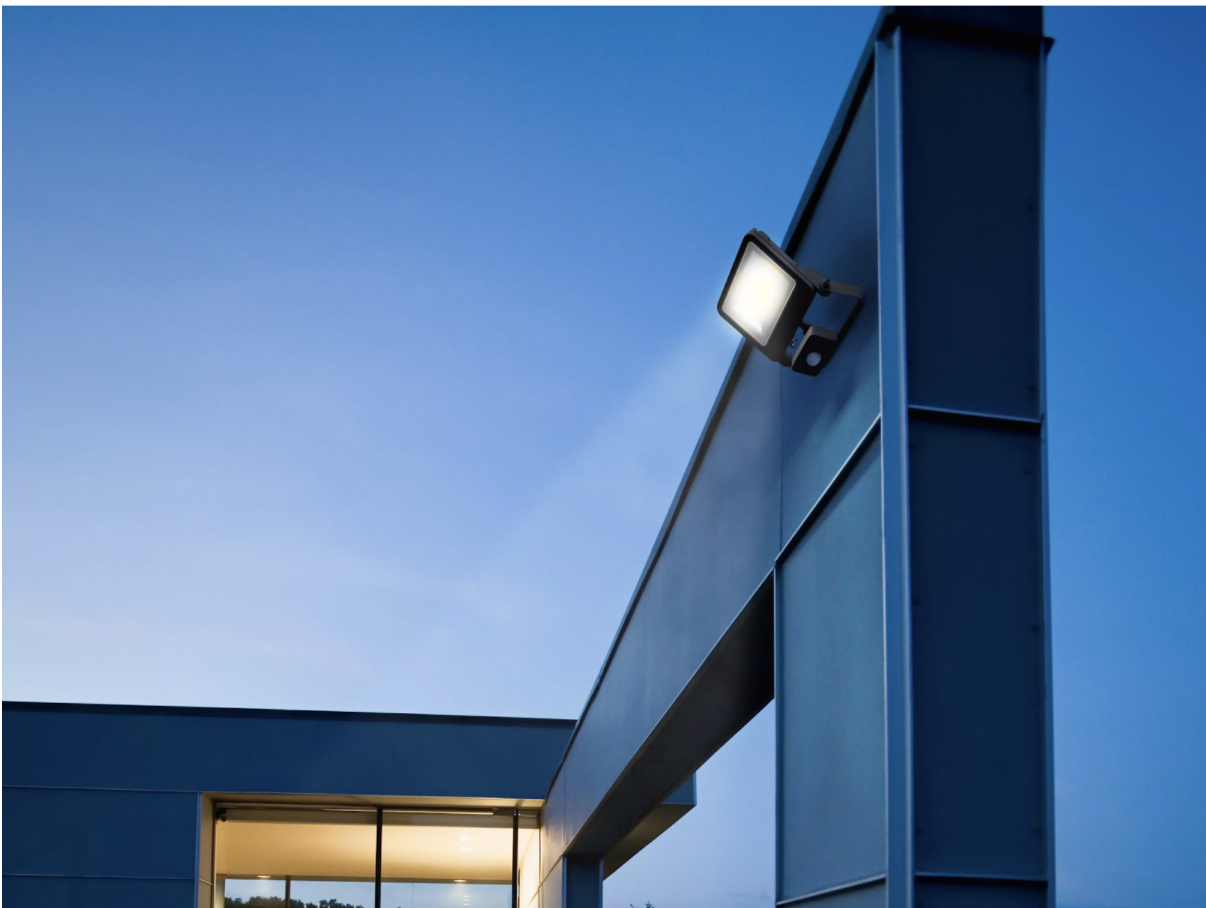Excellent and efficient bulbs may save you a lot of hassle and trouble in providing your living and working spaces with constant high-quality illumination. Lighting has always been an essential aspect of any house and workplace. When it comes to adequately lighting a home, it is necessary to consider both the lights within the home and outside. Find out more about outdoor flood lights below:
What are outdoor flood lights?
A floodlight is an artificial light aimed or distributed to illuminate a broad area uniformly. It is an artificial light with wide beams and high intensity that provides more light than conventional lamps used for interior illumination.
Where do you use outdoor flood lights?
Along with illuminating individual homes and yards, these lights may enhance the safety and security of significant outdoor sporting events, games, concerts and other events. Floodlights are available for both indoor and outdoor use.
Outdoor floodlights are more durable than inside lights because they are more exposed to the elements, such as rain and wind. Outdoor sports like baseball and football would be hard to play in the evenings without floodlights. Even if they could, broadcasting them on television would be problematic due to poor visibility.
Types of bulbs used in outdoor floodlights
For your floodlight, you will have a lot of alternatives when it comes to bulbs, so it’s essential to have some background information on the features and functionalities of each bulb. The following are the most common kinds of outdoor flood light bulbs:
- Light Emitting Diode (LED) flood lights
The ideal choice for outdoor lighting is LED lights flood lights, which are the most efficient, long-lasting, and physically appealing alternative available. LEDs use about the same energy as fluorescent bulbs and may last for up to 50,000 hours when adequately maintained. It will save you a lot of money on your monthly power bill. LED bulbs also benefit from attaining full brightness in a short period. Even more important than their environmental friendliness, they pose no threat to your health or the planet’s health. LED lights are the most costly alternative, even though they seem the most excellent option. But if you want the finest bulbs for your outdoor floodlights and are willing to pay, LED bulbs are the way to go.
- Halogen flood lights
Halogen bulbs have become one of the most popular options for floodlights because of their high-quality performance. Halogen lamps are ideal for a wide range of outdoor applications since they are so bright. Electricity activates the halogen gas and tungsten filament within the bulb, resulting in a constant, powerful and brilliant white light beam. In addition, halogen floodlights have a larger output than conventional bulbs of the same wattage because of their higher intensity. LED floodlights are better for regions where light is needed for lengthy periods since halogen bulbs are wasteful and short-lived. However, ensure you understand how to choose the right LED floodlights.
- High-Intensity Discharge (HID) flood lights
Like any other bulb form, HID lights offer both benefits and cons. HID bulbs have a long lifetime (about three times that of halogen lights) and use less energy than their halogen counterparts. HID lamps provide a lot of light, yet the bulb only has to be replaced a few times over its lifetime. However, there is a downside to HID lighting that you should consider. UV-blocking filters are required to prevent the fixture components from deteriorating due to UV radiation from HID bulbs. There are many HID lights to choose from since different chemicals are employed in their construction. They include:
- Metal halide lamps (ceramic MH)
- Mercury vapor lamps
- Sodium vapor lamps
- Xenon short-arc lamps.
- Fluorescent Flood Lights
Fluorescent flood lights have a long service life and save a lot of money on electricity bills. Although fluorescent lights are pricey, they are still less expensive than LED and HID bulbs, the primary benefit. Fluorescent bulbs contain mercury and may affect your health and the environment if not correctly disposed of and recycled. This is the biggest negative of using CFLs in your floodlight. Conversely, fluorescent bulbs take a long time to warm up, and their lifetime is heavily reliant on how they are used and cared for. You will significantly reduce the bulb’s lifetime if you often switch it on and off.
Before choosing any light bulb, ensure it meets all your needs in the most cost-effective way possible.

